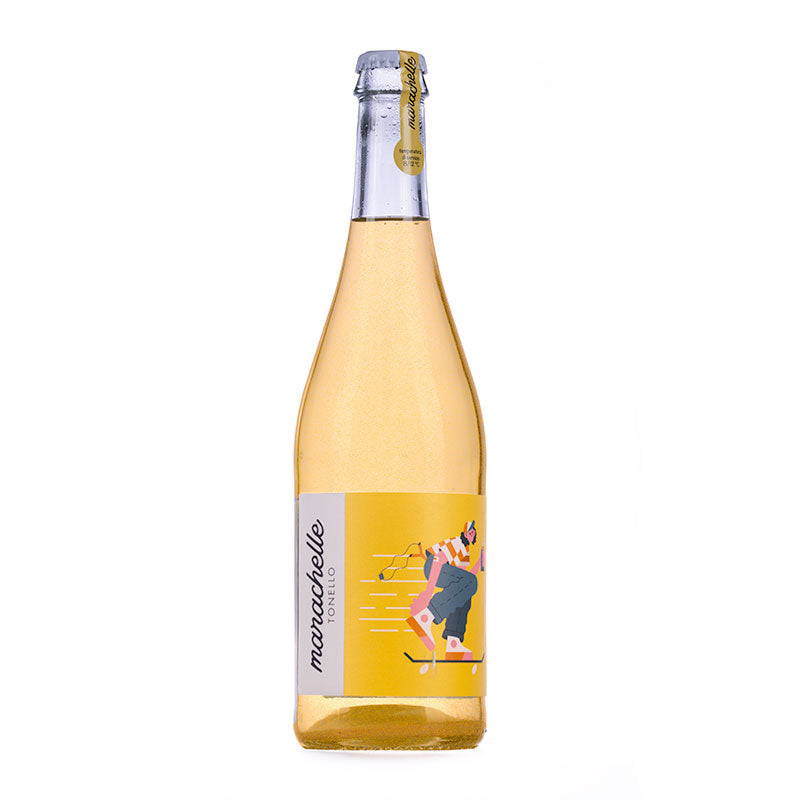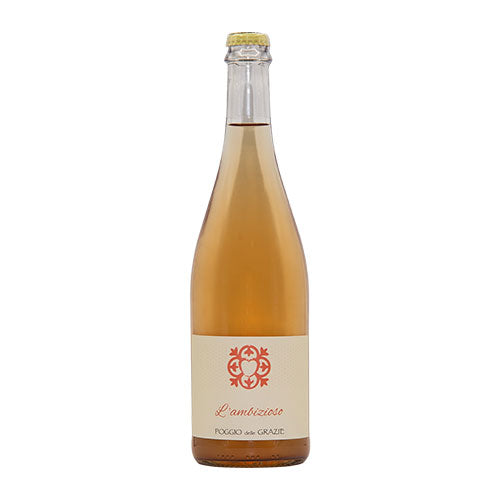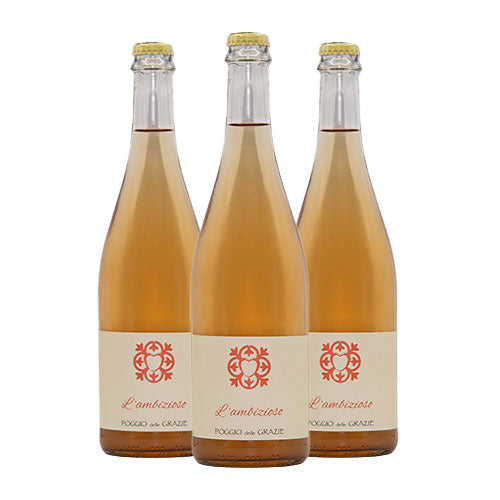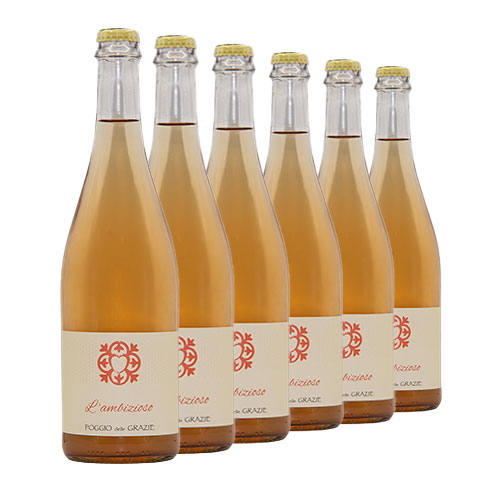In the quiet vineyards of Veneto, where the air is crisp and winter mists blanket the vines, a time-honoured winemaking tradition is experiencing an unexpected resurgence. The Ancestral method, a technique that predates the advent of modern winemaking technologies, has cut out a growing niche in the sparkling wine market. Also known as "pét nat," what is an ancestral method wine? Let’s find out!
The Ancestral Method Unveiled
The Ancestral method traces its origins deep into history. Unlike its counterparts, the Charmat and Traditional methods, it's a hands-off, rustic way of crafting wine. Think of it as a legacy from a time when technology was scarce, and winemakers leaned on the pure goodness of grapes, the surroundings, and the natural shifts of seasons. It's not just winemaking; it's a journey back to the roots of crafting something truly authentic.
Starting the Journey
The Ancestral method starts its journey by gently crushing harvested grapes. Typically, the yeasts that occur naturally on the skins of the grape berries are preserved to kick off fermentation (wild fermentation).

Two Paths of Fermentation
First Path:
Typically, fermentation begins in stainless steel tanks under higher ambient temperatures. Eventually, the must's temperature drops, either naturally as winter approaches or deliberately in a controlled cellar. This cooling puts the sugar-eating yeasts into dormancy, halting fermentation. The young wine, with ample residual sugar, awaits a revival in Spring. Bottling precedes this revival, occurring between March and April for pet-nats reliant on Spring warmth. As temperatures rise, yeasts resume feasting on remaining sugars, producing more alcohol and carbon dioxide.
Second Path:
After gentle pressing of the grapes, the must is bottled immediately, and fermentation proceeds uninterrupted in the bottle until the wine is ready for consumption.
Ensuring Controlled Carbonation
Regardless of which of the above two methods is employed, the ancestral method ensures that carbon dioxide is never produced in excess. Bottle pressure generally remains within a couple of bars, creating what the French term a "petillant" wine, and the Italians refer to as "frizzante," "semi," or "lightly sparkling" wine in English.

Bottle Sealing and Spent Yeasts
A simple crown cap serves as an ample seal for pet-nats, and the spent yeasts, having consumed all available sugars in the must, perish and can be found inside the bottle as unfiltered residue known as "fondo" in Italian or "lies" in French, and "lees" in English.
Tasting the Distinctive Flavors
Compared to Charmat and Traditional method sparkling wines, an ancestral wine yields strong notes of yeast and citrus fruit (lemon, lime, grapefruit). The fizz is unintrusive, acidity and savory notes are generally pleasantly balanced. The result can sometimes give the sensation of drinking a crisp, limy lemonade, perfect for a warm summer’s day!
Summing it up
- Pet-nat Wines: Celebrated for the raw, unadulterated expression of their grape varieties. The single fermentation process captures the essence of the grapes, resulting in a wine that is often vibrant and full of citrusy dominant flavors.
- Ancestral Method Wines:Present a light playful fizz that can be described as semi-sparkling, frizzante, or petulant.
- Cloudy Appeal: Pet-nat wines are known for their cloudy appearance due to minimal filtration, and often, no filtration at all. The spent yeasts known as lees are included in the bottle. This feature can add appeal to ancestral method offerings as many consider these wines closer to fashionable, low intervention, “natural” wines.
Emerging Stars:
Durello pét nat from Veneto is gaining popularity, and from the shores of Lake Garda, Corvina pét nat is also proving popular, selling well especially during the summer months. Don't miss out give our pét nats a go. Happy Sipping!










